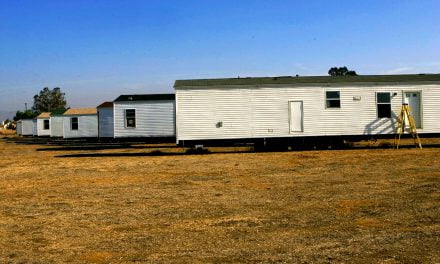California’s housing crisis has reached a tipping point, and lawmakers are beginning to take notice. For tenants, the following bills are currently being considered in California:
AB 2343 — Expanded tenant protections
If passed, AB 2343 will:
- increase protection from landlord retaliation against a tenant who has exercised their rights to move back into a dwelling after providing notice of a bed bug infestation or other condition making the unit uninhabitable;
- increase the notice period for unlawful detainer actions a landlord is required to follow when evicting a tenant;
- increase the response time for a tenant responding to a summons when the landlord is seeking to gain possession of the leased property;
- reduce the number of days allowed for an individual to comply with a subpoena and hand over business records when a case deals with the possession of leased property; and
- waive certain fees currently paid by tenants and landlords to subpoena government employees as witnesses in cases to obtain possession of leased property.
SB 1182 — Increased renter tax credit
If passed, beginning in the 2018 tax year SB 1182 will double the renter tax credit from:
- $60 to $120 for qualified individuals; and
- $120 to $240 for qualified joint filers, heads of households and surviving spouses.
Currently, to qualify for the tax credit the renter’s adjusted gross income (AGI) can be no higher than:
- $40,078 for individuals; and
- $80,156 for couples filing jointly.
These AGI limits are adjusted annually for inflation, but the last time these tax credits themselves were increased was 1979, according to Mercury News.
Renters need all the help they can get
Financial gurus recommend individuals limit their housing costs to 31% of their income. But this almost never happens in California — especially for renters, who regularly spend around half of their income on rent alone.
Compared to the historical average — between 1980 and 2000 — California tenants at the end of 2017 spent on average:
- 48% of their income in Los Angeles, up from the historical average of 36%;
- 42% of their income inSan Francisco, up from the historical average of 30%;
- 42% of their income in San Diego, up from the historical average of 34%;
- 38% of their income in San Jose, up from the historical average of 26%;
- 37% of their income in Riverside, up from the historical average of 32%; and
- 32% of their income in Sacramento, up from the historical average of 31%, according to Zillow.
Overburdened renters are spending the bulk of their paycheck on rent and are unable to save. This lack of savings ultimately holds renters back from homeownership. The evidence is in the state’s rock bottom homeownership rate, just 54% in 2017, well below the 64% national average.
These pro-tenant bills don’t address rents head on, but they do attempt to alleviate some of the burden on renters.
The permanent solution?
More rental housing needs to be built, especially in places where rents are highest — California’s coastal cities. The good news is the state legislature is well aware of the crisis facing renters and has made some strides in the past year to help that effort along.
Expect residential construction to pick up in 2018, peaking around 2020. This will benefit the housing market by slowing rent increases, allowing incomes to catch up and savings to rise.
Related article:














